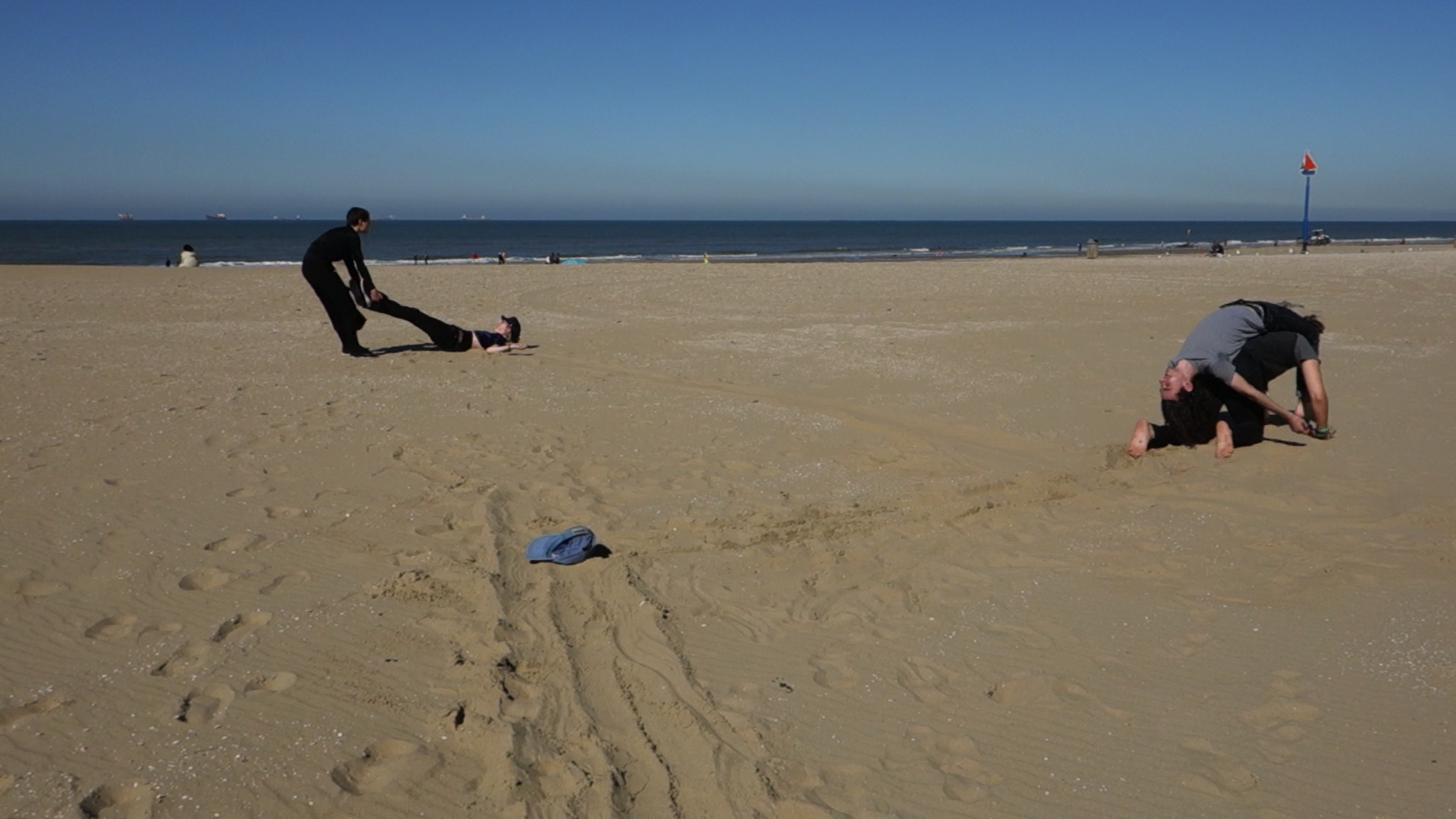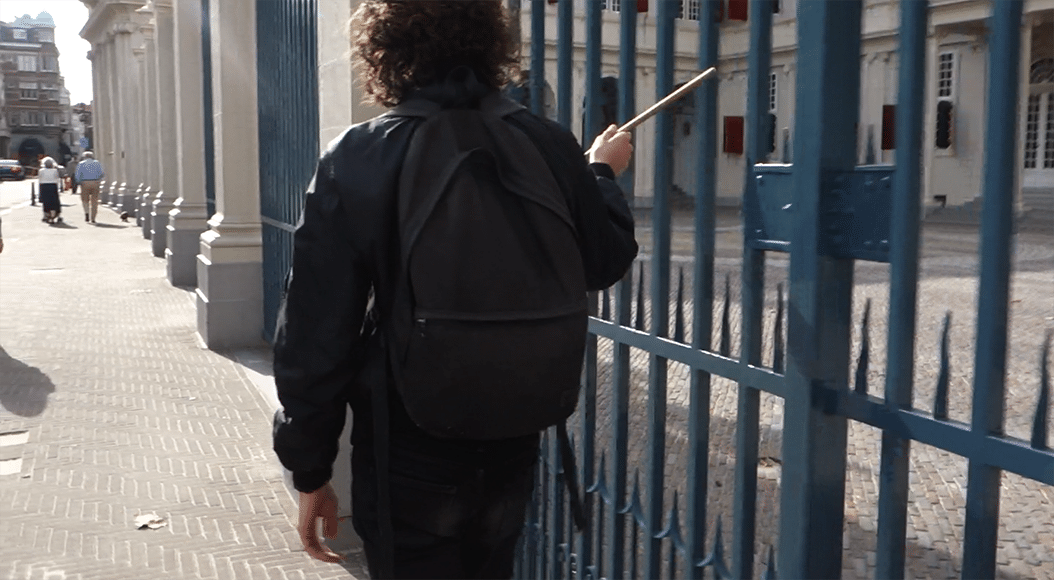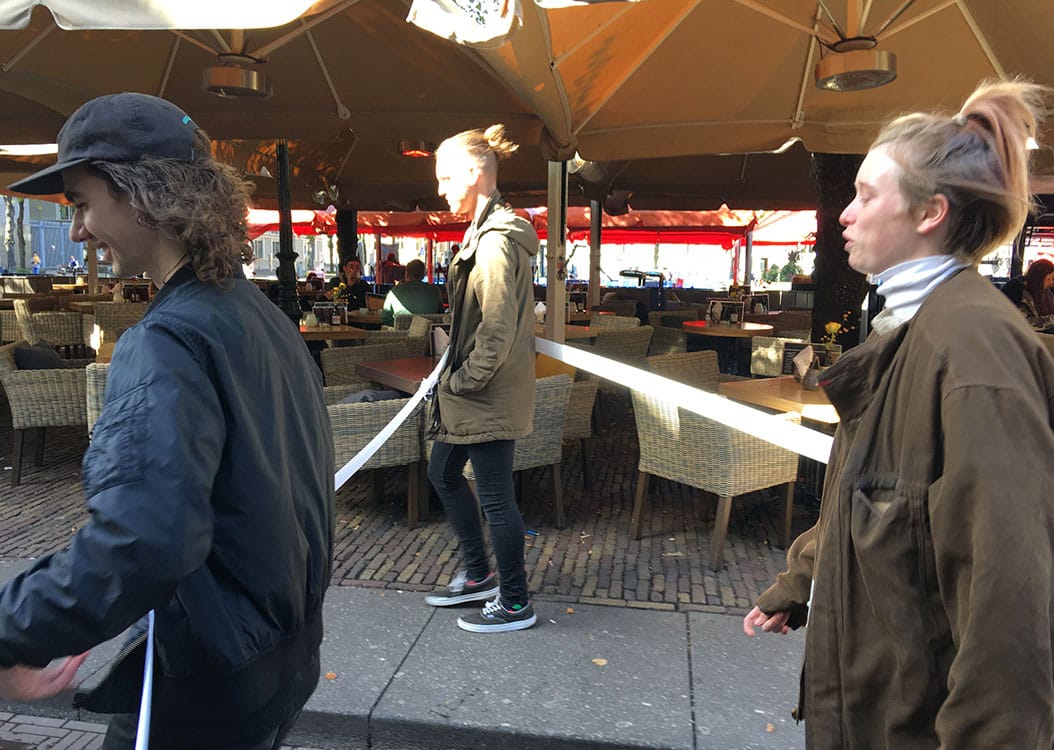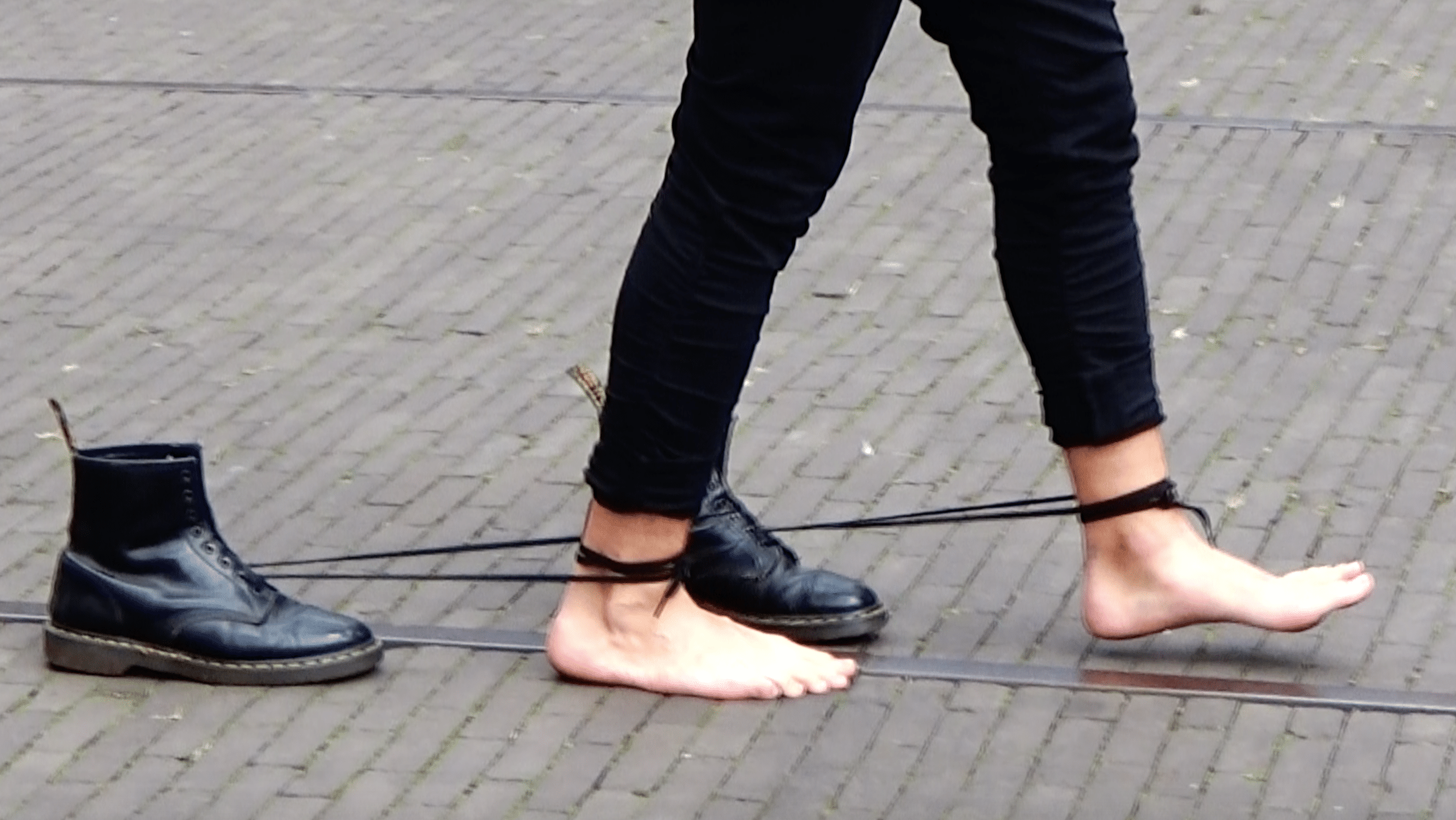September 17-28 2018 at the ArtScience Interfaculty, Royal Academy of Art, The Hague.
This workshop City as Performative Object focusses on performance art in public space in a playful and participatory way. The two-week course starts out with reenactments of groundbreaking/canonic performances and will develop into a more student-directed approach where performances are chosen and or developed either in groups or individually.
The research will be executed by foot: literally by reenacting historical performances in Den Haag. On my list are works such as A Line Made By Walking by Richard Long, and Suite Vénitienne by Sophie Calle. Before going into the streets, you will formulate a question, which you want to “ask the performance.” All performances chosen will have to do with some form of mobility.
During the 2 weeks, more and more you can decide for yourself if you want to develop and execute new performance pieces or if you want to incorporate your experiences in any other way into your artistic process.
The work method is inspired by experimental archaeology: a scientific approach where prehistoric situations are studied by reenacting lifestyles, tool building, working practices. Applying this method to the recent history of performance art in public space will open up for a dynamic form of embodied knowledge concerning an ephemeral art form.
September 17-28 2018 at the ArtScience Interfaculty, Royal Academy of Art, The Hague.
This workshop City as Performative Object focusses on performance art in public space in a playful and participatory way. The two-week course starts out with reenactments of groundbreaking/canonic performances and will develop into a more student-directed approach where performances are chosen and or developed either in groups or individually.
The research will be executed by foot: literally by reenacting historical performances in Den Haag. On my list are works such as A Line Made By Walking by Richard Long, and Suite Vénitienne by Sophie Calle. Before going into the streets, you will formulate a question, which you want to “ask the performance.” All performances chosen will have to do with some form of mobility.
During the 2 weeks, more and more you can decide for yourself if you want to develop and execute new performance pieces or if you want to incorporate your experiences in any other way into your artistic process.
The work method is inspired by experimental archaeology: a scientific approach where prehistoric situations are studied by reenacting lifestyles, tool building, working practices. Applying this method to the recent history of performance art in public space will open up for a dynamic form of embodied knowledge concerning an ephemeral art form.
Reenactments

Reenactment of Eglė Budvytytė’s piece Shakers, Lovers and Bystanders
Question: How does the piece devellop over time?

Reenactment of Eglė Budvytytė’s 2015 piece “Some Were Carried, Some – Dragged Behind“

Reenactment of “Railings” 2004 by Francis Alys.
Questions:
-Are the rhythmic/melodic aspects of his performance necessary to the work, or is it just a byproduct of a steady walking pace? (sometimes he taps out rhythms and sometimes he drags the stick across the rails)
-Is this an inherently political act? Does the building “class” change the context of this action?
-A legal question: are railings private property?

Reenactment of Stanley Brouwns 1962 piece “This Way Brouwn”
Question:
What changed between now and the 60’s?
answers:
– talking to people in the street is fun at first but quickly becomes tiring like a normal job
– important to fine-tune the way you ask and the words you use
– results have a precious quality
– people are lonely

Reenactment of Gustavo Ciriaco Here whilst we walk 2006
Question:
How is the decision-making process concerning direction taking place during the performance?
Answer:
We executed the piece in Binnenhof, in front of the parliament. The location made that it started to work as a political piece. Some people asked: “What are you protesting against?”
At some point, a group of children joined, this again changed the interaction of the piece with its surroundings.

Reenactment of Mona Hatoum’s 1985 piece “Roadworks“
Question:
– How will this alteration to me, alter my moving?
– How will I feel and behave while performing
– What will the public do, if anything?
– How does this affect public space?
